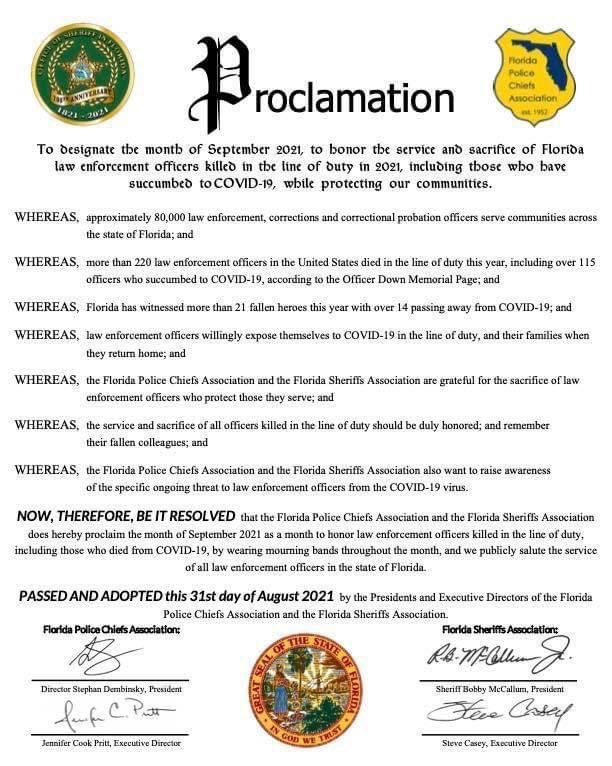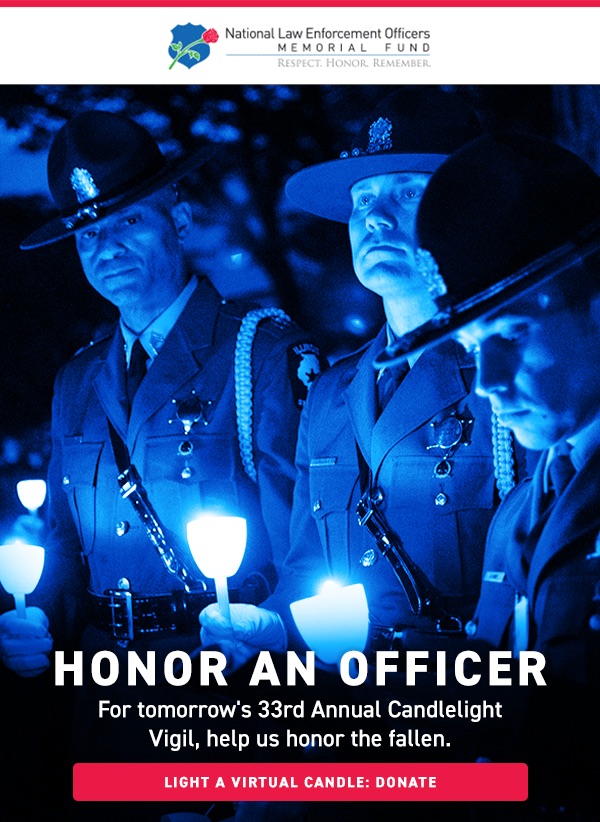Just read this story on Facebook. Thought you all would appreciate the read. Still have chills going down my spine…..
You never know when the moment will choose you…..
Mary and I were seated in the 1A&B bulkhead seats for our flight to Salt Lake City (connecting to SEATAC) as the plane loaded in Philly. Just a regular flight like any other. Mary and I were talking and over her shoulder I noticed a guy in line, coyote brown day pack with a MARPAT poncho liner rolled up and lashed to the side, khaki vertx cargo pants, crocks and a 2/5 Marines T-shirt. What stood out to me was that he was carrying a folded American Flag. My blood turned cold. “Mary”, and I gestured towards him as he moved down the isle somewhere in the rear of the plane. She turned around and then she looked back at my face and she knew too. “You think”? Asked Mary
“Philly is the closest airport to Dover AFB”, I replied.
Mary and I sat in silence staring at each other for a few seconds and then she said “I’m going to take his seat and send him up here, he needs YOU, Chuck”.
Before I could even reply she was out of her seat and moving to the rear. A couple minutes later this Marine is standing next to me and he says “I was told to report to the bulkhead”.
“Hey man, I’m Chuck have a seat”. We shook hands.
Long story short, this Marine was a Company Gunny in 2-1 Marines and had just escorted 10 of his men to Dover AFB. He was on his way to Pendleton after being relieved by other escorts to take his fallen Marines to their various places of internment.
We talked and I listened. This was his 6th deployment and he had worked Abby gate with his Marines for the past couple weeks. The things he saw at that gate are indescribable. He called it playing God, as they plucked At Risk Afghans out of the crowd.
He was the Marine captured in a meme giving children drinks of his bottled water. He was still in shock, his hands were still stained from the MASCAL. The weight of that flag in his lap was almost overwhelming to me as I sat next to him. I struggled with my own emotions as I got him fed and a cold beer and some water. And then I let him rest, he was so impossibly tired. Misha and I looked after him while he slept. After we had been flying for a couple of hours he woke up to go to the bathroom. He got up still clutching the flag, then he turned and looked back at his seat and then at me…. questioning. I nodded that it was safe for him to leave it. He set the flag on his seat and went to the bathroom. Now I was alone with the flag that had been over a coffin in a C17 hours earlier. This symbol of it all, the whole damn 20 years sat there next to me and I couldn’t hold the tears back anymore. I texted my Marines, Jake, and Paul others and told them that fate had made me a Ranger Buddy of Marines tonight.
My thoughts were with the Gunny, it hadn’t hit him yet. Mary and I could see it in his eyes, he was running on auto pilot.
Where do we find such men????
I checked with Delta to see if there was a late flight from San Diego to Seattle but the last flight of the night had gone, so going the rest of the way to San Diego so he wouldn’t be alone was out of the question as I would be stuck there until tomorrow. I made sure that his unit had transportation waiting for him when he arrived there, and we parted company in Salt Lake to head to our connecting flights.
I’m writing this not to virtue signal but to remind everyone that outside of their life and its problems, there are men holding the line, doing what must be done no matter what. While my family stands down a hurricane and there is nothing I can do to help them tonight, God put me on a plane with a lone Marine carrying the weight of the world on his shoulders, and Mary Pressburg made sure that for at least a couple of hours of his journey, that he wouldn’t have to bear the weight of that flag alone, and I love her for it.
Misha showed the love that only an animal trained to serve could and I’m grateful for both.
Sitting in 1A wasn’t the mission I deserved, but it was the mission that I needed tonight.
Semper Fidelis





